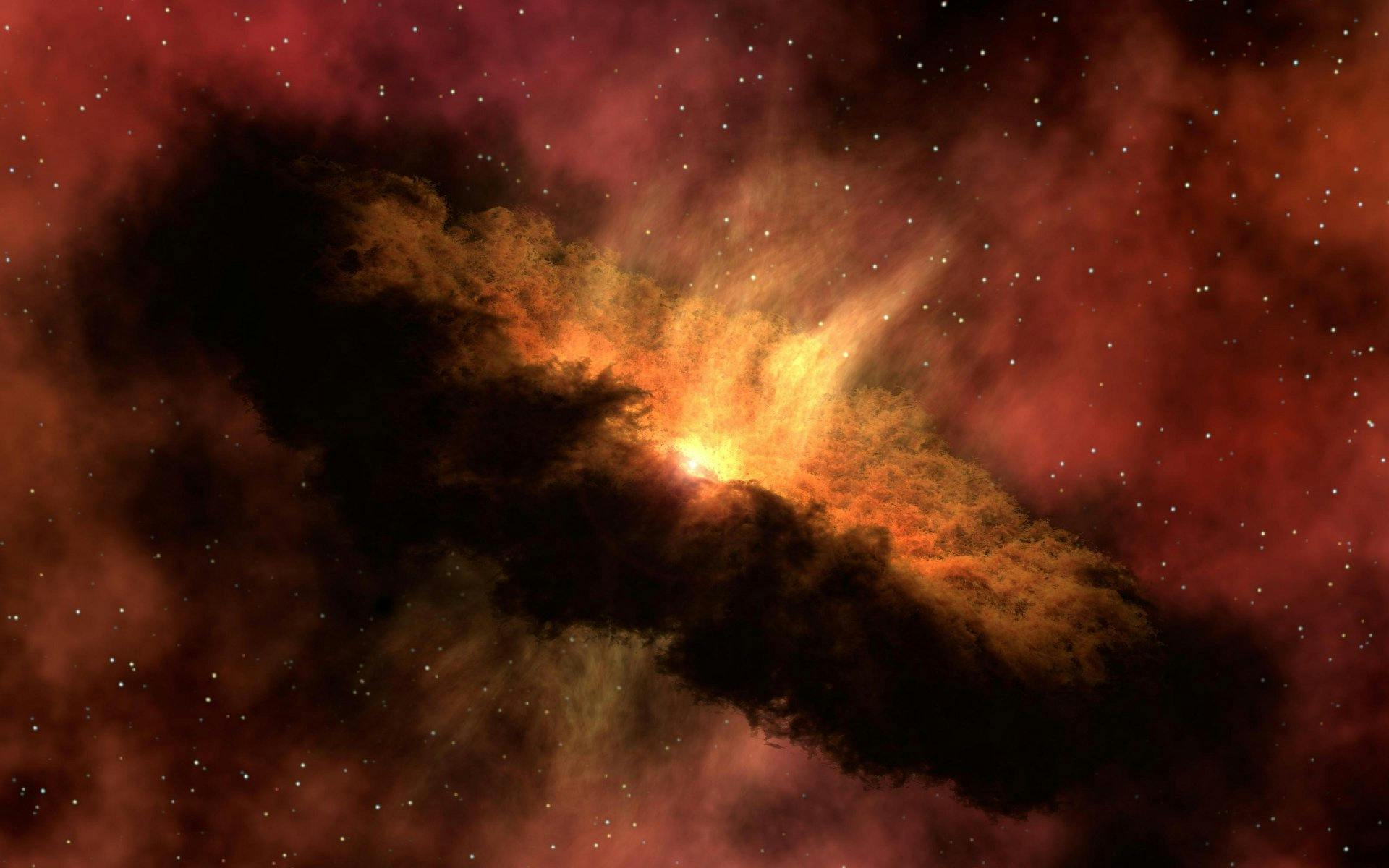The universe has always been a source of wonder and mystery, but recent breakthroughs in space exploration have fundamentally altered our understanding of the cosmos. From black holes to exoplanets, scientists are uncovering secrets that challenge long-held theories and open new frontiers in astronomy. These discoveries not only reshape our knowledge but also inspire future missions that could reveal even more about the vast expanse beyond our planet.
The First Image of a Black Hole’s Magnetic Field
In 2019, the Event Horizon Telescope (EHT) collaboration stunned the world by capturing the first-ever image of a black hole. But the revelations didn’t stop there. In 2021, scientists released a groundbreaking follow-up: the first detailed image of a black hole’s magnetic field. This discovery provided unprecedented insights into how black holes interact with their surroundings.
The magnetic field around the supermassive black hole in the galaxy M87 plays a crucial role in launching powerful jets of energy and matter into space. These jets stretch thousands of light-years and influence entire galaxies. Understanding this phenomenon helps astronomers explain how black holes shape the evolution of the cosmos.
Why This Matters
- Confirms theoretical models: The observations align with predictions about how magnetic fields govern black hole behavior.
- Advances astrophysics: Provides clues about how black holes accelerate particles to near-light speeds.
- Future research: Paves the way for studying other black holes with similar techniques.
Water on the Moon: More Abundant Than We Thought
For decades, the Moon was considered a dry, barren world. However, recent discoveries have shattered that assumption. In 2020, NASA’s SOFIA mission confirmed the presence of water molecules in sunlit regions of the lunar surface. This finding was followed by evidence suggesting water ice may be trapped in permanently shadowed craters.
These discoveries have profound implications for future lunar exploration. Water is not only essential for human survival but can also be split into hydrogen and oxygen for rocket fuel. This could turn the Moon into a stepping stone for deeper space missions.
Key Takeaways
- Sustainable exploration: Water resources could support long-term lunar bases.
- Fuel production: Potential for in-situ resource utilization (ISRU) to reduce mission costs.
- Scientific mystery: Raises questions about how water persists in the harsh lunar environment.
Exoplanets in the Habitable Zone: Closer Than Ever
The search for Earth-like planets has taken a giant leap forward with the discovery of exoplanets in the habitable zone—the region around a star where liquid water could exist. NASA’s TESS and ESA’s CHEOPS missions have identified several promising candidates, including Proxima Centauri b and TOI 700 d.
What makes these discoveries revolutionary is their proximity to Earth. Proxima Centauri b orbits the closest star to our solar system, just 4.24 light-years away. While we don’t yet know if these planets harbor life, their existence fuels optimism about finding extraterrestrial life within our cosmic neighborhood.
Implications for Astrobiology
- Biosignature detection: Future telescopes like JWST could analyze their atmospheres for signs of life.
- Interstellar missions: Breakthrough Starshot aims to send tiny probes to Proxima Centauri within decades.
- Diverse planetary systems: Reveals that habitable conditions may be more common than previously thought.
Dark Matter Mapped in Unprecedented Detail
Dark matter, the invisible substance that makes up about 27% of the universe, has long eluded direct detection. However, the Dark Energy Survey (DES) has created the most detailed map of dark matter distribution yet, covering a quarter of the southern sky.
By studying how dark matter bends light from distant galaxies—a phenomenon called gravitational lensing—scientists have gained new insights into its structure and role in cosmic evolution. This map supports the theory that dark matter forms a cosmic web, guiding the formation of galaxies and galaxy clusters.
Why This Is a Game-Changer
- Validates cosmological models: Confirms predictions about dark matter’s influence on the universe.
- Future missions: Guides upcoming projects like the Vera C. Rubin Observatory.
- Unlocks mysteries: Brings us closer to understanding the nature of dark matter itself.
Conclusion
The latest space discoveries have revolutionized our understanding of the universe in ways that were unimaginable just a few years ago. From black holes’ magnetic fields to water on the Moon, each breakthrough brings us closer to answering fundamental questions about our place in the cosmos. As technology advances, we can expect even more astonishing revelations that will continue to reshape our knowledge and inspire generations to explore the final frontier.
